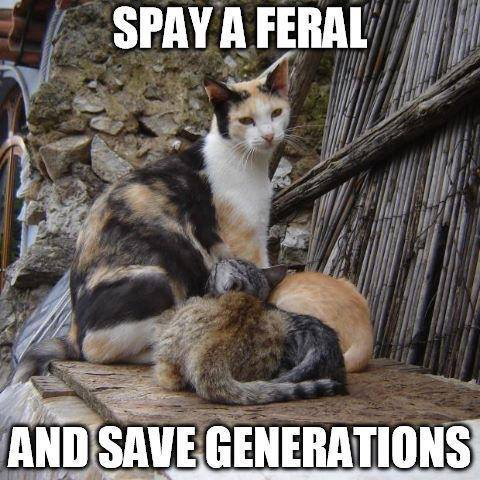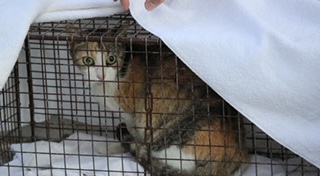WHAT IS A TRAP-NEUTER-VACCINATE-RETURN?
Trap-neuter-vaccinate-return (TNR) is a humane, nonlethal alternative to the old trap-and-kill method of managing feral cat populations. With catch and kill policies, cats are removed from an area in the hopes that the population will never bounce back. But removing cats only creates a vacuum in the environment, where new cats move in to take advantage of available resources. The new cats quickly breed and the cat population rebounds, or even grows. Catch and kill policies are not only cruel and ineffective, they are the antithesis of the compassionate values of the public, which overwhelmingly supports humane, effective policies and programs for cats. Scientific studies show that TNR effectively addresses the community cat population by ending the breeding cycle, meaning no new kittens are born to a community cat colony. As sound public policy, TNR addresses community concerns, reduces shelter intake and killing, and reduces nuisance calls to animal services, all of which save cats’ lives and taxpayer dollars.When cats are free from the burdens of mating and reproducing, their relationships improve with the people who live near them (think: no more kittens outdoors or yowling, roaming, fighting, or spraying). Additionally, many diseases associated with reproduction, like certain cancers, are prevented. All community cats, whether they are considered stray, feral or just free-roaming, are caught in humane cat traps, medically evaluated, spayed or neutered by a licensed veterinarian, given rabies vaccine and eartipped (universal sign that a cat has been spayed or neutered through a TNR program), then returned to their original outdoor homes to which they are bonded so they can live out their lives where they thrive.Cats that have been through a TNR program will wear a badge of honor, an eartip, which is approximately 1/4” cut from the top of his left ear. Returning cats to the location where they were trapped is very important because the cats will be familiar with food and water sources, and available shelter from weather and predators. They are also back among the community of cats they consider family/companions. Again, this is their outdoor home.Most importantly, however, TNR allows cats to have longer, healthier lives without producing litter after litter of kittens.

